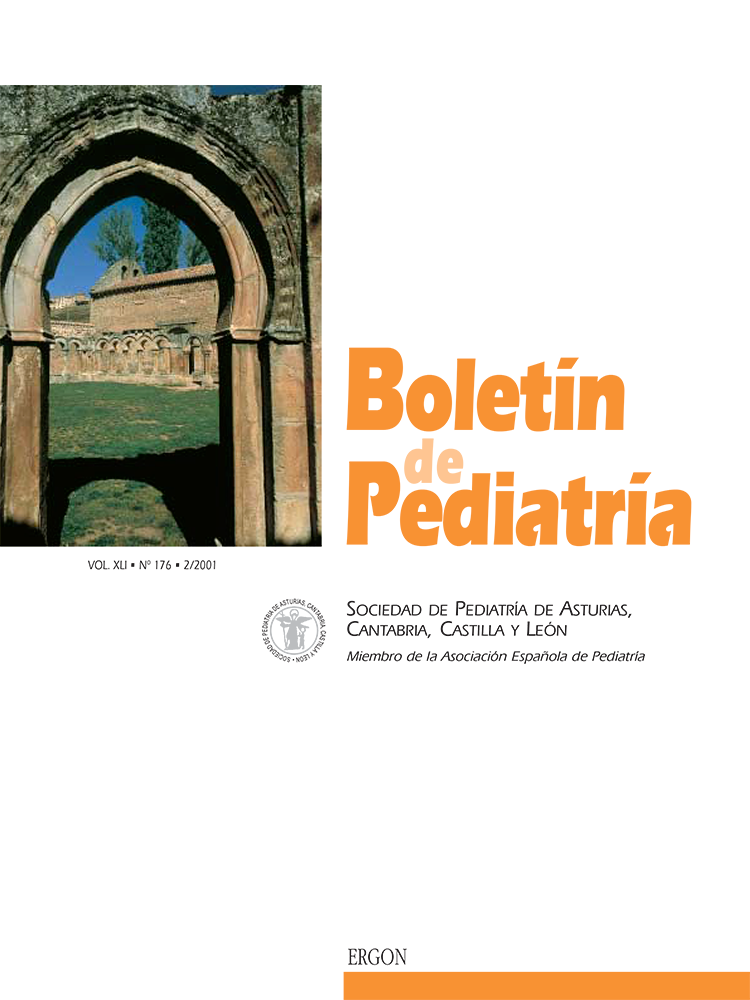Abstract
Abstract Child abdominal traumatism affects 10% of all children who are admitted to the hospital as a consequence of traumatism and can be observed in more than 30% of the polytraumatized children. Normally, these are closed traumatisms produced by a traffic accident or accidental fall, although a constant increase is observed in penetrating injuries produced by a weapon with a blade. Injuries due to firearms in the child are very rare in our country. Abdominal traumatism involves a treat to the victim's survival due to two mechanisms: hemorrhage (immediate threat) as a consequence of injury to the blood vessels or solid organs and peritonitis (less urgent but also potentially fatal) as a consequence of injury to the hollow viscera. In both cases, early surgical treatment is very important to avoid sepsis and multiorgan failure. Mortality is from 5% to 14%. It is calculated that half of the traumatic deaths that could have been avoided are due to inadequate treatment of the abdominal traumatism. Abdominal traumatism can occur initially with subtle and deceiving signs. It is frequently accompanied by other skeletal and cranioencephalic injuries that can attract all the attention of the examiner, leaving the abdomen to a secondary plane. Its diagnosis requires a high index of suspicion. In any polytraumatized child, the possible presence of intraabdominal injury should always be suspected.

This work is licensed under a Creative Commons Attribution-NonCommercial 4.0 International License.
Copyright (c) 2001 Boletín de Pediatría
